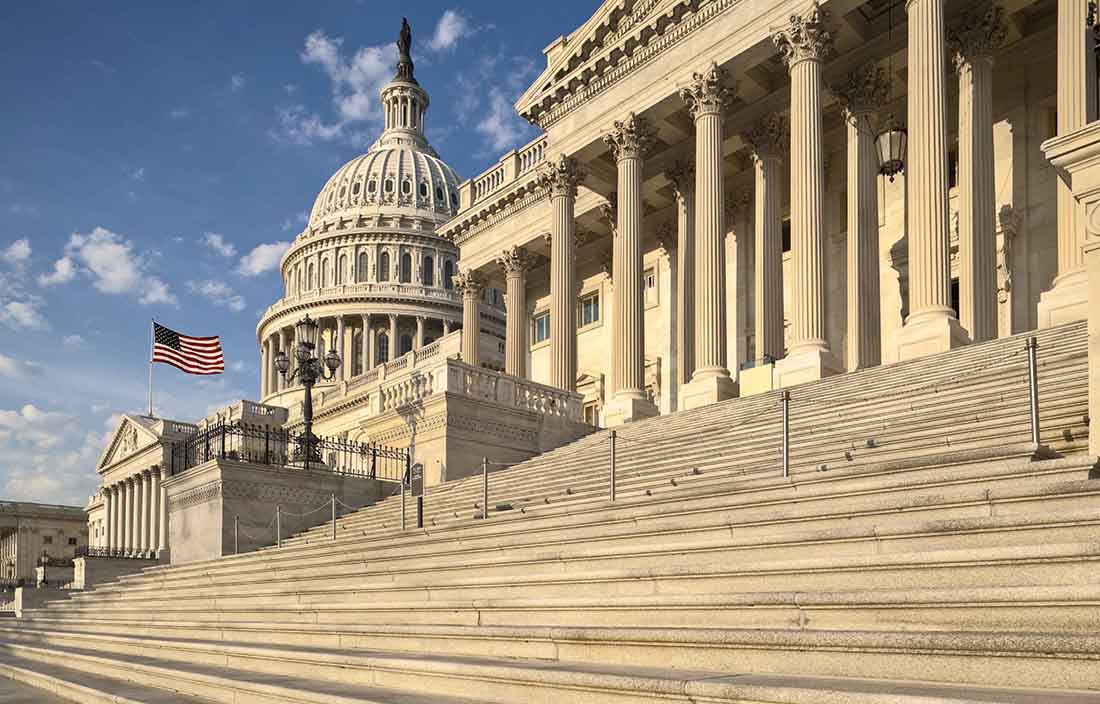
As widely expected, the Fed raised its short-term policy rate by 75 basis points to a range of 2.25-2.5%, while maintaining its existing pace of balance sheet reduction.
The increase pushes the funds rate into the ballpark of the central bank’s estimated neutral range. That represents a sea change in policy since the start of the year, but with inflation still excessively high, it’s clear that there’s still work to be done, setting up the Fed for further tightening in the coming months.
Bringing inflation back down to earth may not fall solely on the Fed though. Falling commodity prices, tighter financial conditions, a sharp cooldown in housing activity, and a broad-based slowdown in the economy should all help the Fed achieve that goal. Even so, a return to the Fed’s 2% inflation target still appears highly unlikely in the absence of additional rate increases and will be difficult to reach any time soon even with additional tightening.
Can the Fed stick the proverbial landing and avoid pushing the economy into recession? That’s their goal, and Fed Chair Jerome Powell reiterated their belief that a path exists that would allow for that outcome. Still, that path has narrowed considerably. Labor market conditions remain surprisingly solid, but job creation has slowed and layoffs have picked up. Coming off a negative GDP print in Q1, all eyes are now on tomorrow’s release that will provide the first official look at Q2 GDP.
The bottom line? The Fed delivered today what had been broadly expected, while reiterating their commitment to doing whatever is needed to bring inflation back under control. Can policymakers do so without also tipping the economy into recession? Some have suggested that ship has already sailed and that a recession is already underway. The ambiguity present in a range of indicators makes that a difficult call. Tomorrow’s second quarter GDP report won’t provide a definitive answer, but could provide additional clarity.
Past performance does not guarantee future results. All investments include risk and have the potential for loss as well as gain.
Data sources for peer group comparisons, returns, and standard statistical data are provided by the sources referenced and are based on data obtained from recognized statistical services or other sources believed to be reliable. However, some or all of the information has not been verified prior to the analysis, and we do not make any representations as to its accuracy or completeness. Any analysis nonfactual in nature constitutes only current opinions, which are subject to change. Benchmarks or indices are included for information purposes only to reflect the current market environment; no index is a directly tradable investment. There may be instances when consultant opinions regarding any fundamental or quantitative analysis may not agree.
Plante Moran Financial Advisors (PMFA) publishes this update to convey general information about market conditions and not for the purpose of providing investment advice. Investment in any of the companies or sectors mentioned herein may not be appropriate for you. You should consult a representative from PMFA for investment advice regarding your own situation.




